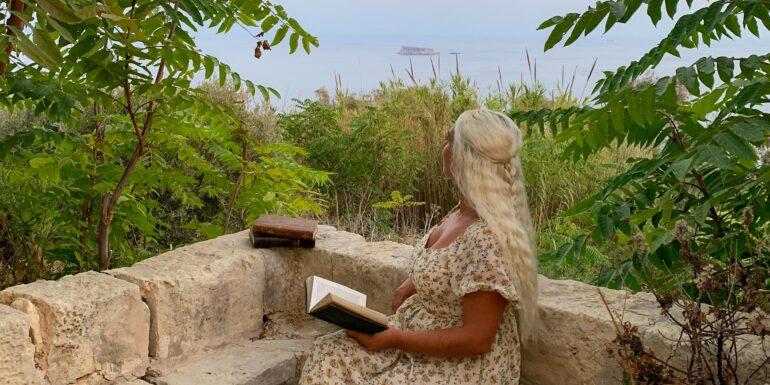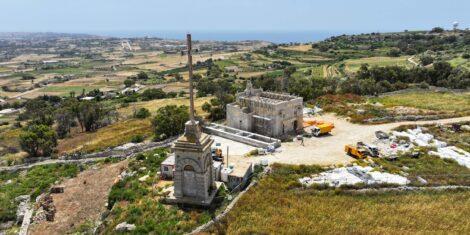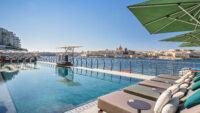Despite being such a small island, we cannot say that Malta is not a mighty one! From its courageous history to its resilient people, Malta has captured the hearts of so many other nations around the world. However, very few people realise that Malta has its very own language: Maltese or as the Maltese population calls it: il-Malti.
In fact, Maltese people are not only bilingual but often multilingual, with Maltese and English being the two official languages. In this article we would like to give you an insight into how this beautiful language has evolved in this country, some fun facts about the Maltese language and what you can expect when visiting the islands!
1. Maltese: The Only Semitic Language in Europe
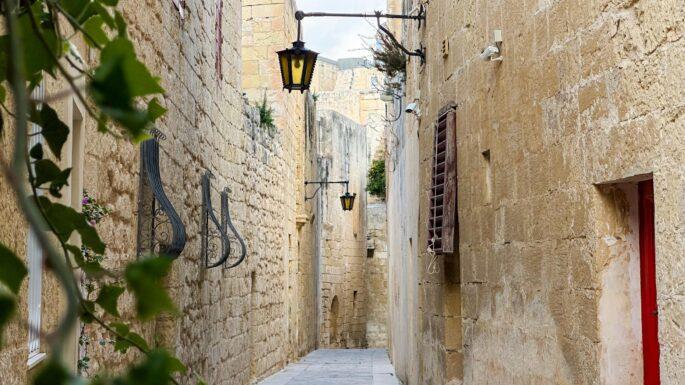
One of the first things that you should know about Maltese is that it is in fact the only semitic language in Europe, and the only Semitic language in the official languages of the European Union! In fact, unlike other European languages, Maltese has deep roots in Arabic. It evolved from what is known as Siculo-Arabic, a dialect that was once spoken in Sicily and parts of Southern Italy.
However, it is good to note that while a lot of Arabic influences remain, the language has since been heavily infused with Italian and its Sicilian dialect, and some English vocabulary as well as small traces of French and some say even Spanish, making it truly one of a kind!
2. A Language That’s Also Latinised
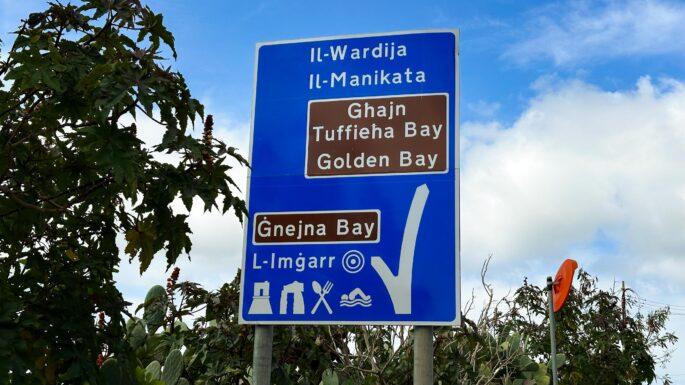
When one thinks of the Arabic language it is easy to assume that the way it is written will also be in the Semitic style. However, the Maltese language defies all odds! It is written in the Latin alphabet, making it the only Semitic language in the world to do so. The language, however, comes with its own Maltese alphabet consisting of 30 letters, including unique characters like Ċ, Ħ, Ż and Ġ. So while it might sound Arabic, it in fact reads like a European language!
3. English: The Other Official Language
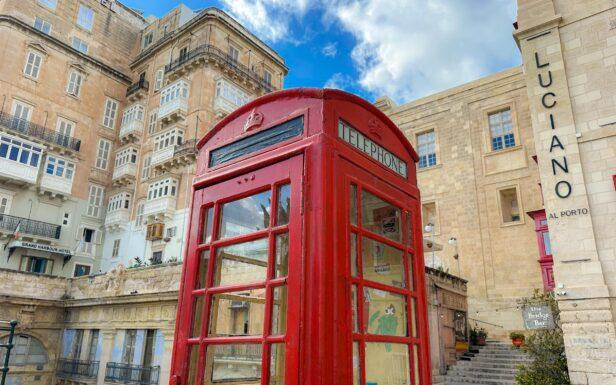
Due to British rule from 1800 to 1964, English became an official language alongside Maltese. Today, nearly all Maltese people are bilingual, and English is widely spoken in schools, businesses, and government institutions. Tourists will have no trouble communicating, as most locals switch effortlessly between Maltese and English.
4. Italian is Widely Understood All Around the Island
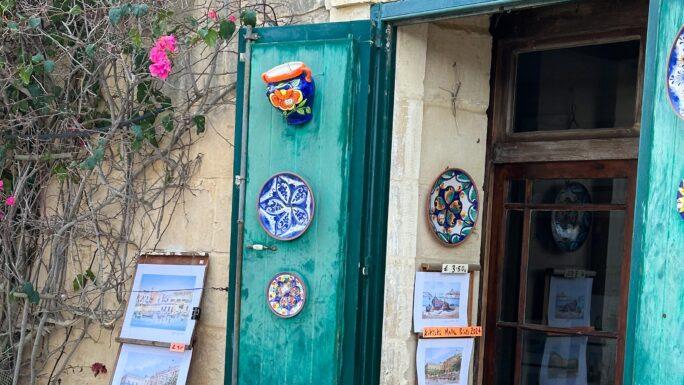
Before British rule, Malta had strong ties with Italy. For several years, Italian was the dominant language for education, administration, and culture. Even today, many Maltese people understand and speak Italian, also thanks to Italian TV channels being broadcast in Malta for decades.
5. Did You Understand Half of What That Maltese Person Was Saying? The Island is Known for Code-Switching!
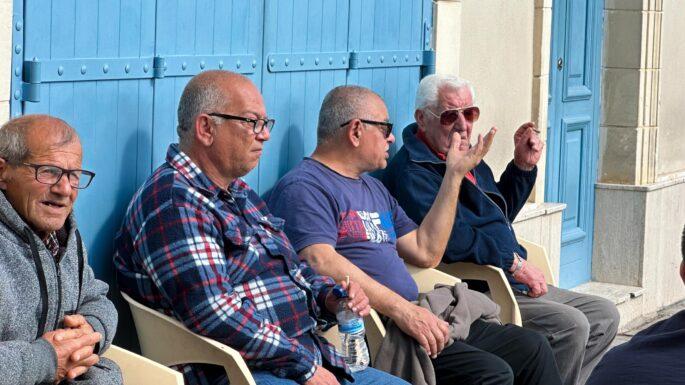
Maltese people are known for their ability to seamlessly switch between languages mid-conversation. This phenomenon is generally referred to and known as code-switching. In fact, it’s very common to hear sentences mixing Maltese and English in casual conversations. When speaking to elderly people, you might also experience some code switching between Maltese and Italian too!
6. The Maltese Dictionary is a Linguistic Melting Pot
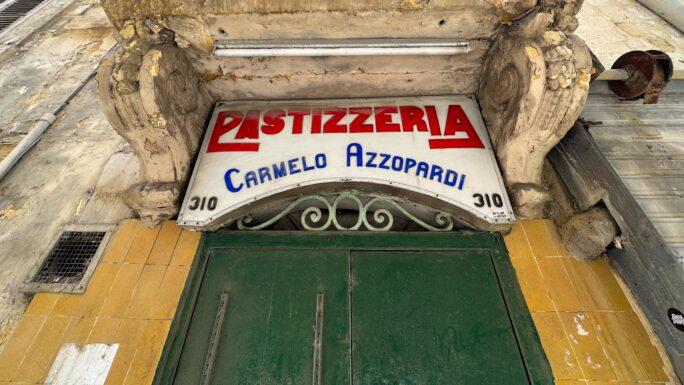
We already hinted that the Maltese vocabulary is a fascinating blend of influences. In fact, if we take a look at the language, it is said that the basic words and grammar that amount to around 30% of the language come from Arabic. When it comes to food, arts, administration, culture etc, the words tend to come more from Italian and its Sicilian dialect, making up around 50% of the language. Another 10% comes from the English language which is more related to modern technology, business terminology and science.
Speaking about the Maltese Dictionary, Michael Agius, also known as Mikiel, was the compiler of the first known completed Maltese-to-Maltese dictionary, Dizzjunarju tal-Lsien Malti. This book was compiled before 1970 and presented to the University of Malta Library in 1978. This gets more interesting when one realises that unlike other lexicographical works that were collective efforts, Agius worked almost entirely alone on this project. His goal was to preserve Maltese by documenting both archaic and contemporary words.
7. Maltese is an Official EU Language
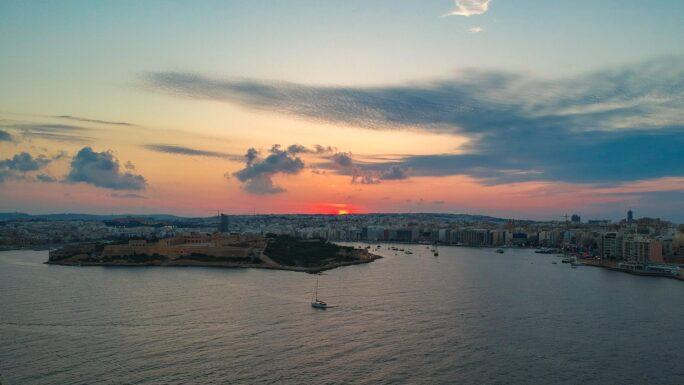
We mentioned this briefly before, but it’s one point that the Maltese are really proud of! In fact, when Malta joined the European Union in 2004, Maltese became one of the EU’s 24 official languages. This means that all EU documents are translated into Maltese, and it is even recognised at an international level.
8. A Language That Survived Against the Odds

As opposed to Siculo-Arabic, which disappeared from Sicily, Maltese survived through centuries of rule under Normans, Aragonese, Knights of St. John, the French, and the British. Today, it remains a thriving language spoken by over 500,000 people worldwide.
Bonus: Useful Maltese Phrases for Travelers
Are you looking to impress the locals? Here are a few handy phrases you could learn in order to better interact when in Malta!
- Good morning: Bonġu
- Welcome: Merħba
- Thank you: Grazzi
- Please: Jekk jogħġbok
- Goodbye: Saħħa!
- Cheers! Saħħa!
Whether you’re visiting Malta for its rich history, stunning landscapes, or vibrant culture, its unique linguistic heritage is just as fascinating. From its Arabic roots to its Italian charm and British influence, Maltese is a true reflection of Malta’s diverse history.
So next time you’re in Malta, listen closely, you might just manage to catch a mix of three languages in a single conversation!
